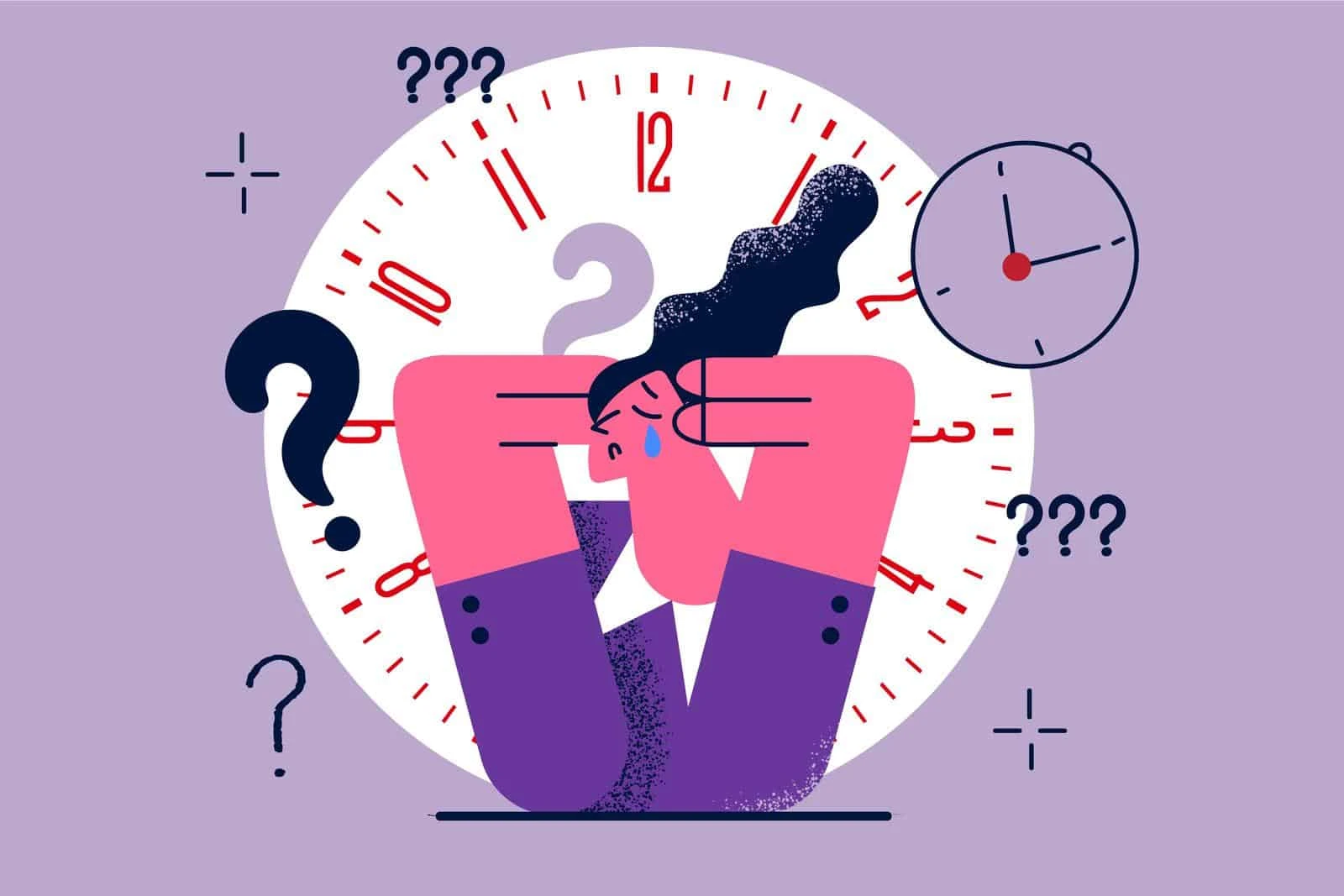Imagine leading a team that's inspired, motivated, and driven to succeed – a team that consistently overcomes challenges and achieves their goals. Sounds like a dream, right? The difference between a dream team and one that flounders often lies in the hands of the leader. Navigating the murky waters of leadership can be a daunting task, but understanding the critical distinctions between effective vs ineffective leadership is the key to unlocking your true potential.
We'll dive deep into the contrasting worlds of effective and ineffective leadership, uncover the secrets behind their impact on team dynamics, and equip you with actionable strategies to sharpen your leadership skills and cultivate a winning culture. Let's begin your journey to greatness!
What is Effective Leadership?
An effective leader is like the captain of a ship, steering their crew towards its goals. Some key traits of effective leaders include:
- Clear vision: They have a well-defined goal and inspire their team to work towards it.
- Strong communication: They keep their team informed, listen actively, and provide constructive feedback.
- Adaptability: They can pivot and adjust their approach in the face of changing circumstances.
- Empathy: They genuinely care about their team members and strive to support their growth and development.
Hallmarks of Ineffective Leadership
On the flip side, ineffective leaders often fall short in the following areas:
- Lack of direction: They cannot provide clear guidance and expectations, leaving their team lost and aimless.
- Poor communication: They are vague, inconsistent, or unresponsive, leading to confusion and frustration.
- Inflexibility: They are rigid and resistant to change, even when it's necessary for growth.
- Self-centeredness: They prioritize their own interests over the well-being and development of their team.
Effective vs Ineffective leadership: How Leadership Styles Impact Teams

When effective leadership is present, teams experience:
- Higher productivity: Clear goals and expectations drive focused work.
- Increased engagement: Team members feel valued and motivated to contribute their best efforts.
- Lower turnover: A supportive and growth-oriented environment fosters loyalty and retention.
- Enhanced collaboration: Open communication and trust lead to stronger teamwork.
Ineffective Leadership may lead to:

- Lower productivity: Confusion and lack of direction hinder progress.
- Decreased engagement: Frustration and dissatisfaction stifle motivation and creativity.
- Higher turnover: Discontent and burnout push talented individuals to seek opportunities elsewhere.
- Weakened collaboration: Mistrust and poor communication breed silos and disjointed efforts.
Effective vs Ineffective Leadership: Tips for Success
Self-Reflection and Feedback To grow as a leader, it's important to:
- Reflect on your own strengths and weaknesses, and identify areas for improvement.
- Seek feedback from your team and be receptive to their input.
Ongoing Learning and Development Invest in your growth by:
- Reading books, articles, or attending seminars on leadership.
- Taking part in mentorship or coaching programs.
Practice and Experience To truly develop your leadership skills, you must:
- Take on leadership roles, both big and small, to gain experience.
- Learn from your achievements and failures, and continually refine your approach.
.
Effective vs Ineffective Leadership: Psychological Effects of Micromanagement
Word of advice: I've seen managers that truly care about what they do and care about people micromanage. This comes from a lack of trust that someone may not do the job as well as you. And should they? You're the manager and your job and to cultivate talent and provide resources so the professionals that are hired can do an outstanding job under your leadership. If they buy into what you're selling, your job will come with less stress down the road.
Micromanagement can have severe psychological consequences for employees, impacting their mental well-being, job satisfaction, and overall performance. It's essential for leaders to be aware of these effects and take steps to avoid micromanagement to foster a healthier and more productive work environment.
Stress and Anxiety
One of the most significant psychological effects of micromanagement is increased stress and anxiety levels among employees. Constant oversight and excessive scrutiny can make team members feel like they are perpetually under the microscope, leading to heightened stress and worry about their overall performance.
Low Self-esteem and Self-confidence
Micromanagement can also damage employees' self-esteem and self-confidence. When leaders don't trust their team members to make decisions or complete tasks independently, it can move employees to question their own abilities and judgment. This may ultimately result in decreased motivation and satisfaction.
Disengagement and Alienation
Feeling micromanaged can cause employees to become disengaged from their work and disconnected from their team. They may withdraw from collaborative efforts, withhold ideas, and avoid taking risks or deciding for fear of criticism. This disengagement can hinder the team's overall creativity, innovation, and performance.
Burnout and Mental Exhaustion
Constant monitoring, pressure to meet unrealistic expectations, and a lack of autonomy can contribute to employee burnout and mental exhaustion. Over time, this can cause a decrease in productivity, increased absenteeism, and even physical health problems.
Resentment and Reduced work Satisfaction
Micromanagement can also breed resentment towards leaders and negatively impact work satisfaction. Employees who feel micromanaged may become disillusioned with their work environment and seek opportunities elsewhere, contributing to higher turnover rates.
To mitigate these psychological effects, leaders should focus on fostering trust, setting clear expectations, promoting open communication, and providing team members with the autonomy they need to excel in their roles. By doing so, they can help create a positive work environment that encourages growth, innovation, and overall well-being.
People Also Ask
What are some differences between effective and ineffective leadership?
Effective leaders have a clear vision, communicate effectively, are adaptable, and empathetic. Ineffective leaders lack direction, have poor communicate, are inflexible, and self-centered.
How does effective leadership impact team dynamics?
Effective leadership can boost team dynamics by increasing productivity, engagement, collaboration, and lowering turnover. When leaders are approachable, supportive, and inspiring, employees feel motivated to give their best and work together towards a common goal.
How does bad leadership affect teams?
Bad leadership may cause lower productivity, decreased engagement, weakened collaboration, and higher turnover. When leaders don't provide clear direction, communicate poorly, or prioritize their own interests, it can result in frustration, mistrust, and a lack of motivation among employees.
How can I develop my leadership skills?
You can cultivate your leadership skills through self-reflection, seeking feedback, ongoing learning and development, and gaining practical experience in leadership roles. Be open to learn from your successes and failures and continually refine your approach.
What is an ineffective leadership?
Ineffective leadership refers to a leadership style that cannot motivate, support, or guide employees towards achieving their goals. A lack of clear vision, poor dialogue, inflexibility, and self-centeredness characterizes it. Ineffective leaders often struggle to provide the direction, feedback, and support for their employees to succeed and grow, ultimately hampering overall team performance and organizational success.
What are the effects of a bad leader?
Bad leadership can have several negative effects on teams and organizations, including:
- Lower productivity: Due to unclear goals and lack of direction, employees struggle to focus on tasks that contribute to overall success.
- Decreased engagement: When team members feel undervalued, unsupported, or frustrated, their motivation and commitment to the organization suffer.
- Weakened collaboration: Mistrust and poor exchange can lead to silos and disjointed efforts, limiting the team's ability to work together effectively.
- Higher turnover: Discontent and burnout may push talented individuals to seek opportunities elsewhere, increasing recruitment and training costs for the organization.
- Damaged reputation: bad leadership can harm the organization's reputation, making it more challenging to attract and keep top talent.
What distinguishes effective leaders from others?
Effective leaders stand out from the rest because of a combination of key characteristics and behaviors, including:
- Clear vision: They set well-defined goals and inspire their team to work towards them.
- Strong communication: They keep their team informed, listen actively, and provide constructive feedback to facilitate growth and development.
- Adaptability: They show the ability to adjust their approach in response to changing circumstances and challenges.
- Empathy: They genuinely care about their team members' well-being and strive to support their personal and professional growth.
- Decision-making: They possess the ability to make timely, informed decisions that benefit the team and the organization.
- Accountability: They take responsibility for their actions and hold their team members accountable for their performance, fostering a culture of responsibility and commitment.
Looking for affordable options for Leadership Classes?
If you're already in the job market but feel you need to upskill to stay competitive, then Udemy's online courses are the perfect solution for you. With courses taught by experts in various industries, you'll be able to improve your skills and stay up-to-date with the latest trends and technologies.
The best part? You can learn on your schedule and at your pace, making it easy to fit into your already busy work-life balance. Don't let your skills fall behind - take the next step in your career and enroll in Udemy today!
Conclusion: Charting Your Course Towards Effective Leadership
In the end, the difference between effective and ineffective leadership can make or break a team's success. By understanding the key characteristics of each style and their impact on team dynamics, you can work on developing your own leadership skills to inspire, support, and guide your team towards success.
Remember, growth is a journey, not a destination, so keep learning, reflecting, and practicing to become the leader that others will gladly follow.


